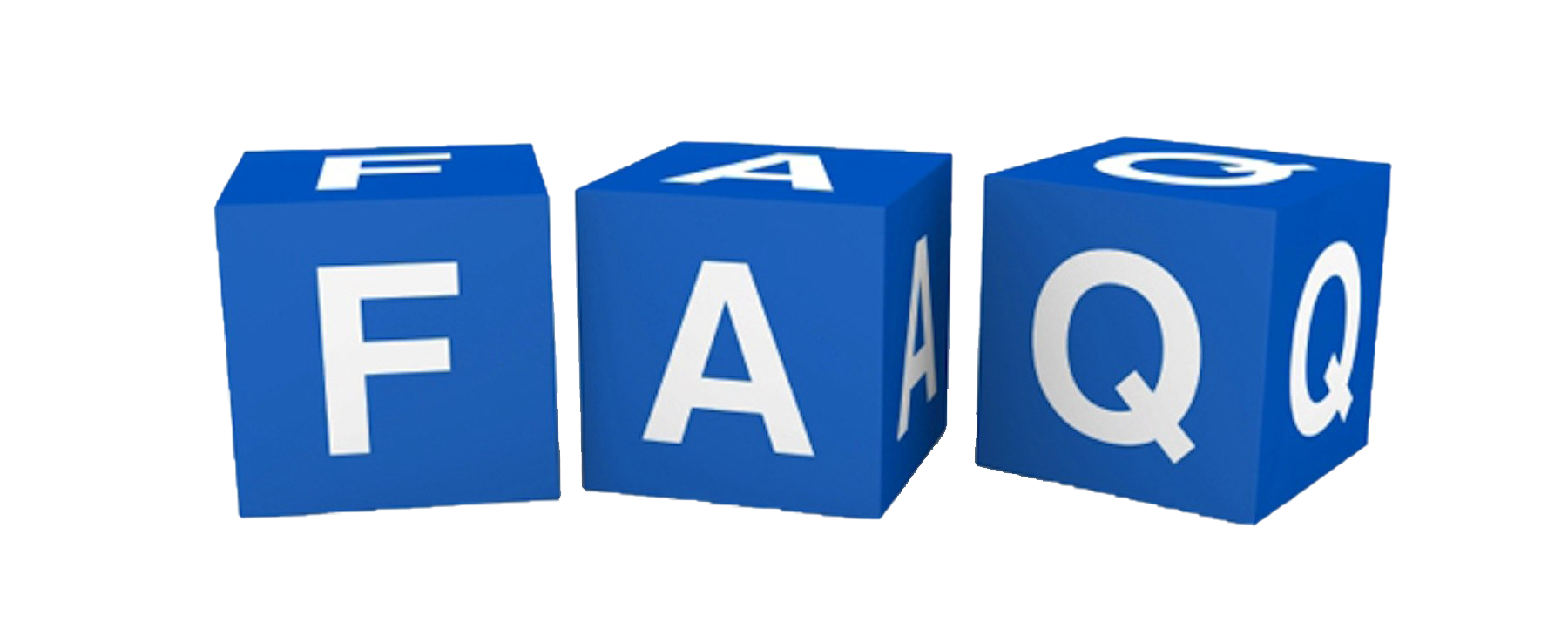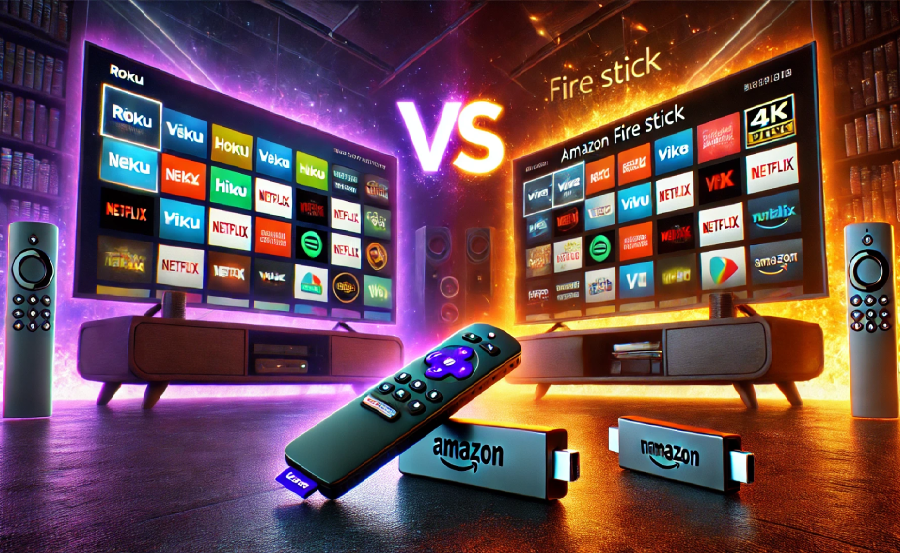When it comes to streaming devices, Roku and Fire Stick have dominated the market. Each provides a unique take on what it means to stream in style, but how do they stack up against each other? In this article, we will dissect the core design elements that set Roku and Fire Stick apart, shedding light on their individual strengths and challenges. We’ll take you through each aspect with an eye on not just conventional streaming services but also innovative IPTV solutions like Kemo IPTV, which is renowned for offering the best IPTV subscription in the world. By diving into this comparison, you will find out which device aligns best with your viewing preferences.
The Design Philosophy: Roku
Roku has long been celebrated for its user-centric design approach. With a focus on simplicity and functionality, Roku designs cater to an expansive audience, ensuring a seamless user experience. Its remote control design is a testament to this—minimalistic yet effective, with fewer buttons and intuitive navigation that even a novice can master.
What sets Roku apart is its interface. The simplicity is complemented by a no-frills home screen that directs users quickly to their desired streaming applications without unnecessary clutter. This design philosophy is a significant plus for those who value efficiency, especially when paired with services like KemoIPTV, which offers unlimited IPTV access and takes full advantage of a streamlined interface.
Pro Tip:
As the best IPTV provider 7 Days Kemo IPTV Subscription we offer a premium streaming experience with over 20,000 live TV channels, on-demand content, and 24/7 customer support.
UX and UI Considerations
The user experience (UX) and user interface (UI) of Roku devices reflect a well-thought-out design process. Unlike other streaming devices that overwhelm with options and excessive menus, Roku’s approach is refined and focused. Users praise its quick response time and intuitive layout.
Moreover, users can customize their home screens, allowing for a personalized experience that adapts to individual streaming habits. Such flexibility enhances the compatibility with diverse IPTV subscriptions, including Kemo IPTV, making it convenient for users to switch between traditional channels and a plethora of global programs available through IPTV.
Remote Control: A Closer Look
The simplicity of Roku’s remote control cannot be understated. Every button is strategically placed to ensure ease of use. Subscribers to Kemo IPTV will appreciate Roku’s shortcut feature that allows quick access to their favorite channels, bypassing the need for a complicated navigation process.
Beyond functionality, the physical design of Roku remotes prioritizes comfort, making long streaming sessions more enjoyable. Unlike bulkier alternatives, Roku’s sleek design aids in user comfort and usability, crucial for extensive content browsing facilitated by services like KemoIPTV.
The Design Philosophy: Fire Stick
On the other side of the coin, Fire Stick offers a tech-forward design rooted in the Amazon ecosystem. Fire Stick remotes come with Alexa integration, allowing voice-activated searches and commands that redefine how we interact with our streaming devices.
The device itself is compact and portable, making it a favorite among users who appreciate minimalism and mobility. This design is especially beneficial for frequent travelers who rely on consistent IPTV access through KemoIPTV, enabling them to explore entertainment options without geographic limitations.
Integration and Ecosystem
Fire Stick thrives within the Amazon ecosystem, offering seamless integration across Amazon services. Though this symbiosis enhances functionality, it can at times steer users towards Amazon-centric content, which might be a downside for those seeking a more eclectic content library.
However, Fire Stick’s compatibility with apps like Kemo IPTV means that users can bypass this ecosystem bias, tapping directly into a broad range of IPTV content. With unlimited IPTV access, Fire Stick balances its ecosystem-driven design with true multimedia flexibility.
Automation and Smart Features
The smart features of Fire Stick go beyond basic streaming. Its advanced voice controls enable users to perform tasks such as adjusting volume, browsing channels, or launching apps, hands-free. This automation is a key selling point for tech enthusiasts and casual users alike.
For users taking advantage of KemoIPTV’s offerings, these automation capabilities mean enhanced control over their viewing schedules, allowing them to effortlessly manage an extensive array of channels from around the globe.
Content Access and Apps
Both Roku and Fire Stick provide access to a wealth of apps and channels, but how they deliver this content differs significantly. Each offers a distinct app store experience that speaks to their broader design motives. While Roku emphasizes neutrality and variety, Fire Stick leans into exclusive partnerships.
The Roku Channel Store
Roku’s platform is known for its extensive channel store. Unlike Fire Stick, Roku does not prioritize apps based on partnerships, giving all channels an equal opportunity to shine. This inclusivity is particularly advantageous for content discoverers who enjoy exploring niche channels or localized content through IPTV providers like KemoIPTV.
With tools to manage app placement and notifications, Roku channels become a breeze to navigate. Users can easily add IPTV apps directly from the store, ensuring that accessing Kemo IPTV’s unlimited offerings is a straightforward task.
The Amazon App Store
Fire Stick’s Amazon App Store is deeply integrated with Amazon services, promoting its family of apps prominently. This integration ensures a seamless experience for avid Amazon users, but it can pose a limitation for those seeking content beyond the Amazon sphere.
Nevertheless, the inclusion of IPTV apps within the Amazon App Store, such as Kemo IPTV, ensures that users still have access to an extensive library of international programming. The inclusion of third-party channels remains accessible, offering traditional functionalities blended with the power of IPTV.
Performance and Speed
Hardware Considerations
One of the decisive factors when evaluating streaming devices is their performance capability, hingeing significantly on hardware specifications. The processing units powering Roku and Fire Stick hold different stories in terms of speed, power consumption, and video quality.
Roku devices are equipped with processors aimed at delivering speedy user navigation and buffer-free streaming. This hardware configuration becomes particularly important when streaming through high-demand IPTV services like KemoIPTV, where reliable performance preserves the integrity of the viewing experience.
Connectivity Features
Connectivity remains crucial for sustained performance, and here, the two devices present clear competencies. Roku is praised for its stable dual-band Wi-Fi capabilities that prevent interruption during streaming, ensuring smooth integration with IPTV content handling. Users can connect and switch swiftly between content providers, bolstering Roku’s reputation for consistent performance.
Meanwhile, Fire Stick embraces its strength in both wired and wireless connectivity, providing adaptive use-cases for different home setups. Its versatility ensures continued access to IPTV services like KemoIPTV, offering viewers unparalleled access to their choice of global channels.
The Verdict: Which to Choose?
What Audiences Prefer
Ultimately, the decision between Roku and Fire Stick boils down to personal preferences tied to design philosophies and usage aspirations. Roku appeals to audiences who prioritize a damn-near minimalistic interface free from congestion. For those who prefer an unbiased content navigation that aligns with varying IPTV needs, Roku stands out as a formidable choice.
On the other hand, tech-minded individuals or those deeply embedded within the Amazon ecosystem might lean towards Fire Stick for its smart capabilities and voice control features. Their keen desire to integrate smart home tech with streaming can be seamlessly achieved with Fire Stick’s forward-thinking design.
Backed by the Best IPTV Solution: Kemo IPTV
Irrespective of which streaming device you choose, the future of entertainment is bolstered by unparalleled IPTV solutions like KemoIPTV. Its interface allows seamless streaming through both Roku and Fire Stick devices, proving that the strength lies in content access flexibility as much as hardware design.
With a subscription to Kemo IPTV, viewers embrace a world of endless possibilities—unlocking global shows, sports events, and niche content at their convenience. So, regardless of hardware capabilities, users enjoy unlimited IPTV access with a dynamic, all-encompassing service supporting their device of choice.
Frequently Asked Questions

What is Kemo IPTV?
Kemo IPTV offers one of the best IPTV subscriptions in the world, known for delivering a vast range of channels to its users. It provides an extensive collection of international content, from movies to sports and entertainment.
Can both Roku and Fire Stick support Kemo IPTV?
Yes! Both devices can support Kemo IPTV. You can easily install the IPTV app on either device, ensuring a comprehensive streaming experience.
What makes Kemo IPTV different from other services?
Kemo IPTV stands out for its global reach and reliability. Unlike other services, it offers unlimited IPTV access, ensuring viewers never miss a beat with their favorite channels.
Are there any exclusive design features that Roku or Fire Stick users can leverage with Kemo IPTV?
While both platforms offer excellent integration with Kemo IPTV, Roku’s intuitive interface allows for a customizable user experience, while Fire Stick’s smart controls enhance utility with voice-enabled features.
Is there a difference in streaming quality between Roku and Fire Stick?
Both devices offer exceptional streaming quality, though slight variations may occur depending on network connectivity and processing capacity. Kemo IPTV ensures consistent quality across both devices.
How does Kemo IPTV handle regional restrictions?
Kemo IPTV provides a gateway to unrestricted content from around the world. Users can access a comprehensive library of international programming without regional constraints.
Troubleshooting Common Buzz TV Issues


